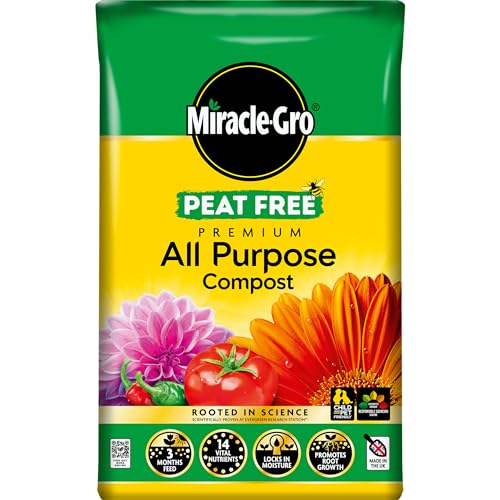How to force rhubarb — 5 easy steps to a delicious early crop for crumble and more
Now is the perfect time to force rhubarb, and it can be done in 5 simple steps

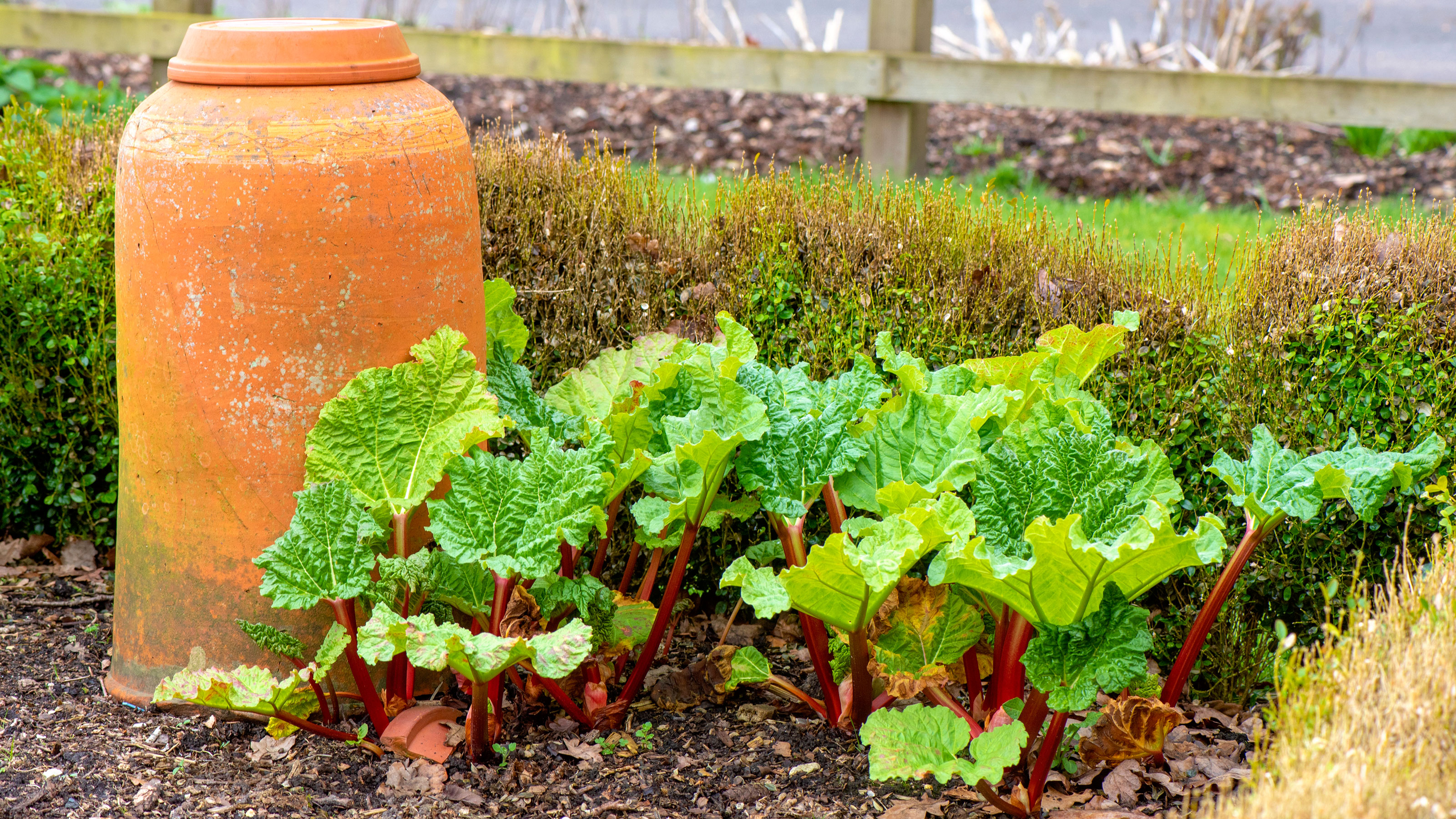
If you have an abundance of rhubarb in your garden, or even just one or two of these plants, learning how to force rhubarb means you'll be able to enjoy a sweeter, more delicious crop at the end.
As easy as growing rhubarb in pots, forcing rhubarb can be done in just a few simple steps. The process involves covering the crowns of the plant to prevent the light from reaching them, which encourages them to grow early. And it's one of the perfect gardening jobs to do in January when the crown of the plant is at its most dormant.
To get the most out of our rhubarb this year, we've spoken to gardening experts and asked them how to force rhubarb, and we're delighted to know that it's an easy process. Here's everything you need to know.
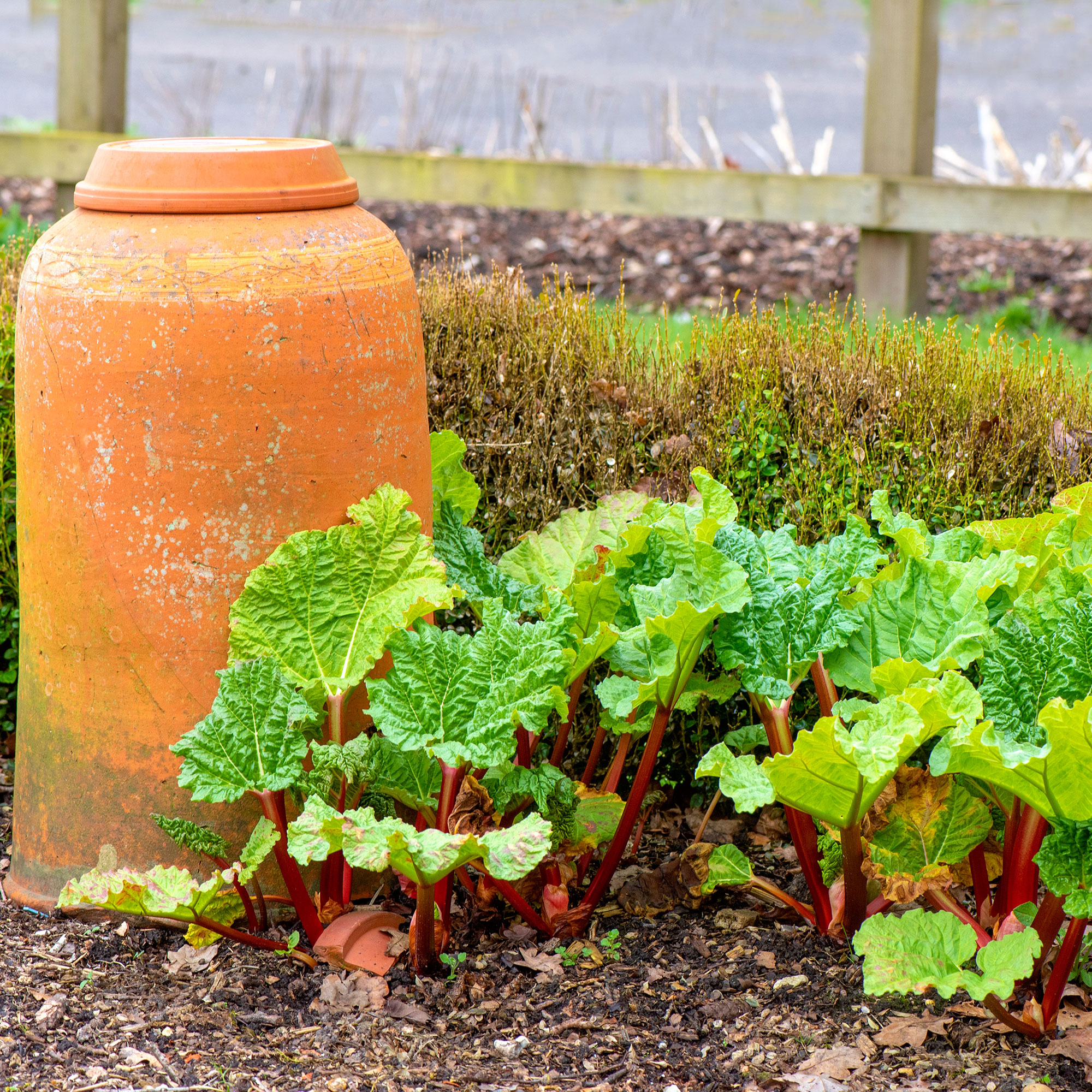
1. Choose a healthy crown
It's important to only force established rhubarb plants, ideally ones that are around two years old. 'Young plants may not have enough energy reserves to produce earlier growth and this can compromise any subsequent growth too,' Graham Smith MCIHort, a gardening expert from LBS Horticulture explains.
Choose rhubarb with slight pink in the crowns, as these will be mature enough to start growing early.
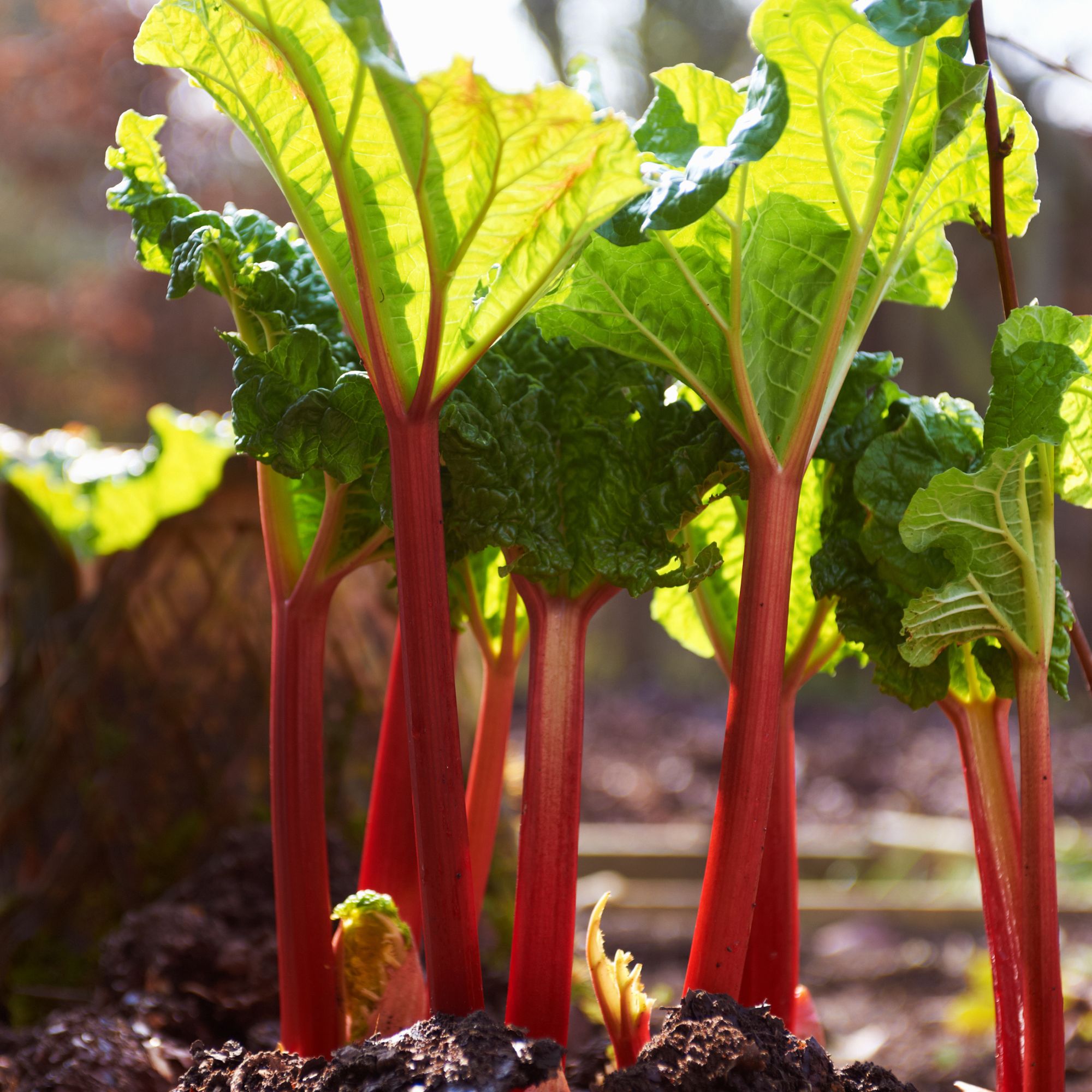
2. Prepare the plant
Clear the base around the crowns of the rhubarb plant and remove any old leaves.
'It's also a good idea to add a mulch of either well rotted manure or compost at this point, to help boost nutrient levels in the soil,' Graham recommends.
Sign up to our newsletter for style inspiration, real homes, project and garden advice and shopping know-how
3. Cover the crown with a pot
Next, you'll need a large pot – either a standard terracotta plant pot, a bucket, or a bin – to cover the crowns of the rhubarb. This needs to be secure, so if it's a lightweight pot, weigh it down by placing stones on top.
'Cover any holes that are allowing light through, and in colder areas (or to speed up the rate of forcing) you may want to insulate the outside layer of the pot with straw or bubble wrap,' Graham advises.

4. Wait for harvest
If you know when to harvest rhubarb, you'll understand that it's a bit of a waiting game. You can check how your forced rhubarb is doing every week or so, but don't leave it exposed to sunlight for long.
Graham recommends waiting until the stems are at least 20cm to 30cm in length before harvesting, which can take up to 8 weeks.
5. Harvest the rhubarb
Once the stems look ready, it's time to harvest the rhubarb. Gently pull the stems from the base of the crown, and ensure that any of the poisonous leaves are removed prior to eating.
Note that you shouldn't force the same rhubarb plant twice, as the plant will become weaker and weaker. 'Remove the covering and allow the plant to produce crops naturally the following year,' Graham says. 'Having more than one crown of rhubarb will enable you to alternate through the years.'

What you'll need for forcing rhubarb

This bucket is ideal for covering rhubarb crowns. It's wide enough to comfortably cover the crown, and sturdy enough to not get blown away. While you can buy specific rhubarb forcing pots, these are expensive - and a bucket like this will do the job just fine. Place some stones on top so it doesn't blow away.
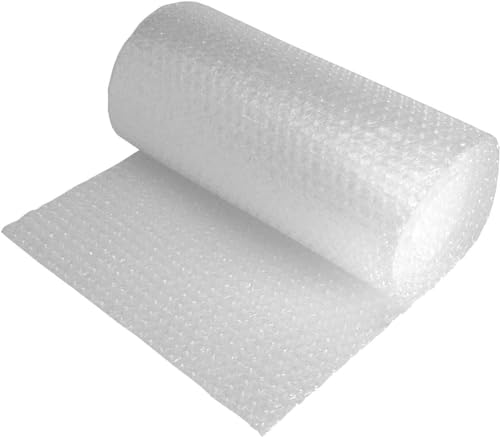
Bubble wrap has many uses, including plant insulation. Wrap this around the pot or forcer to provide extra warmth and encourage the plant to grow. It will also help to deter pests from getting through any cracks in the pot. A 5m roll for £5 is pretty good value for money, and it will come in handy throughout the year.
FAQs
What does forcing rhubarb do?
Learning how to force rhubarb is easy, but it's helpful to know what is actually happening during the process, and why it's worth doing.
Former Royal Gardener Jack Stooks explains that covering the rhubarb crown with a pot can yield a healthier, sweeter plant. 'Putting a pot on top of the crown forces the rhubarb to push into the darkness, and protects it from frost,' he explains on behalf of Slingo.
'The rhubarb is forced to find the light, and is getting damaged by bugs in the soil. The process creates long stems – around 20 to 30cm – which is the best time for harvest.'
When is the best time to force rhubarb?
'While you can force rhubarb anytime, the best time to do it is between December and March – that's when it will taste the best,' Jack says.
From December through to March, the crown of the plant is dormant, making it an ideal time for forcing. January is a particularly good time because, aside from the best plants to sow in January, there's less to do in the garden at this time of year.
Does forced rhubarb taste better?
Forced rhubarb does taste better than rhubarb that was left to grow naturally, and it's generally preferred for use in cocktails and puddings.
Graham from LBS Horticulture explains that forced rhubarb tends to taste sweeter and be less stringy or fibrous, 'because the lack of light that the rhubarb has when it is being forced reduces the amount of oxalic acid that is in the stems, which is usually what gives the rhubarb a sour taste.'
Forced stems are usually pinker in colour as well, as it can't produce as much chlorophyll in low-light conditions.

Katie has been writing freelance since early 2022, specialising in all things homes and gardens, following achieving a Masters in Media and Journalism. She started out writing e-commerce content for several of Future’s interior titles, including Real Homes, Gardeningetc, Livingetc, and Homes and Gardens. Since then she’s been a regular contributor on Ideal Home’s digital team, covering news topics, how-to guides, and product reviews.
